Kelly’s Heroes (1970) stands as one of the most beloved films set during World War II. The story draws its inspiration from a book by Ian Sayer and Douglas Botting, which recounts a heist planned by a group of rebellious German and American officers. The event was so major that the Guinness Book of World Records named it the “Biggest Robbery Ever.”
Here are some behind-the-scenes details about the movie that fans may not know, but definitely should!
Background of Kelly’s Heroes (1970)

In 1945, as Allied bombers pounded Berlin, the Germans began relocating assets to the south for safekeeping. Trainloads of gold and financial reserves were evacuated, creating an intriguing story that drew the attention of Ian Sayer and Douglas Botting. At the time of their initial investigation, the treasure’s value was estimated at approximately $2.5 billion.
The story also touches on a U.S. scandal that predates Richard Nixon and Watergate by almost three decades. Investigators encountered constant obstacles in their hunt for the truth, fearing for their lives as they uncovered layers of obstruction.
Sayer and Botting’s investigation took them into a murky post-war world rife with racketeering, corruption, and gang warfare. Their exceptional journalism, backed by eyewitness accounts and declassified U.S. documents, revealed the scope of this massive crime. The story is filled with SS desperadoes, a fiery-haired queen of crime, and U.S. military governors indulging in luxury.
Amazingly, the authors even uncovered some of the missing treasure in the Bank of England.
The Yugoslavian Army’s fleet of M4 Shermans

Those aware of Kelly Heroes‘ production know the film was largely filmed in Yugoslavia – but have you ever wondered why? It’s because the Yugoslavian Army had a large quantity of M4 Shermans at the time, meaning they could feature the armored vehicles in the movie.
Donal Sutherland nearly lost his life while filming
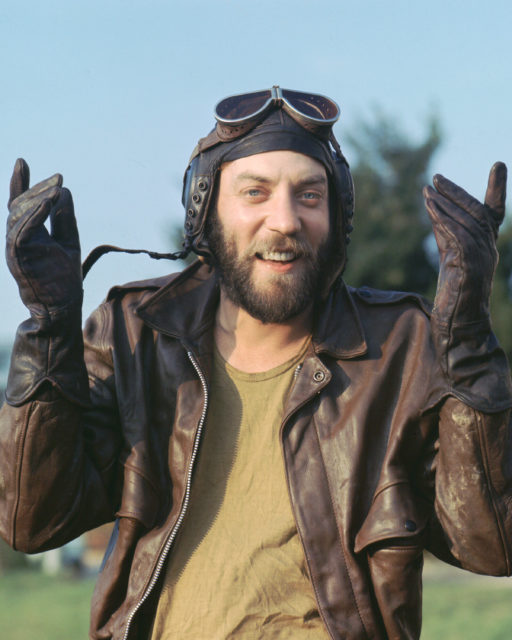
During on-location filming in Yugoslavia, Donald Sutherland, who played Sgt. “Oddball,” contracted spinal meningitis. Like other forms of meningitis, this type can be deadly, causing inflammation of the fluid and membranes around the brain and spinal cord.
Sutherland’s wife received a telegram urging her to travel to Yugoslavia immediately, warning that her husband might not survive until she arrived. Fortunately, he recovered and went on to enjoy a thriving acting career.
Things change during the editing process
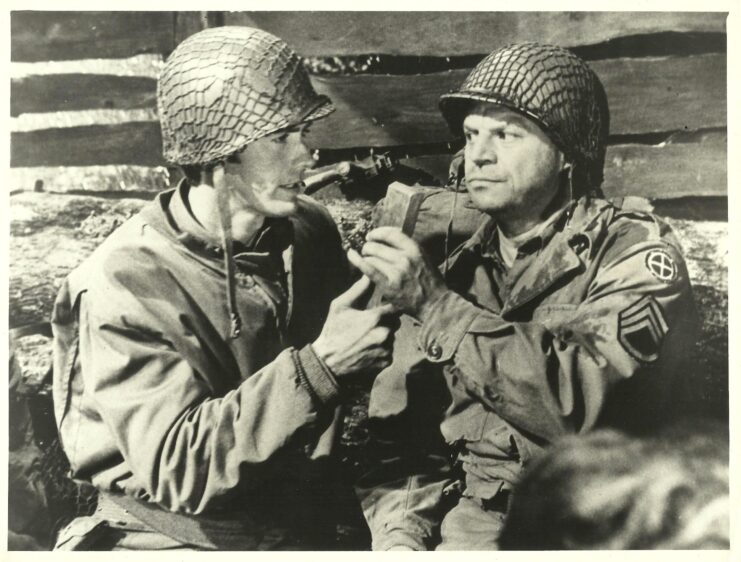
Scenes get moved around all the time during the editing process; it’s only after filming that directors realize a certain part would fit better earlier or later on in the film. This was true for Kelly’s Heroes. Eagle-eyed viewers of the film will notice that, when going to visit Staff Sgt. “Crapgame,” Clint Eastwood‘s Pvt. Kelly brings him a bottle of whiskey. However, when he visits Don Rickles‘ character later on, he’s given the exact same bottle.
It’s likely these scenes were switched around during editing, with the initial intention likely being that the second one would occur earlier in the movie.
Using the sound of the Tiger tanks’ turrets in Aliens (1986)

Talk about making use of what you have! The noise made by the electric motors in the Tiger tanks’ turrets in Kelly’s Heroes was later adopted by the filmmakers behind Aliens (1986). They used the sound for the movement of the power lifters in the sci-fi movie.
Donald Sutherland’s wife was arrested for aiding the Black Panthers

While in Yugoslavia, Clint Eastwood informed Donald Sutherland that his wife, Shirley, had been arrested for attempting to buy grenades for the Black Panthers, a far-left political organization. She’d attempted to do so with a personal cheque, and it turned out the person she was dealing with was actually an undercover FBI agent.
According to Sutherland, when Eastwood got to the part about the personal cheque, he was laughing so hard that he collapsed and had to be helped up. He then assured his friend that he would completely support him in his predicament.
Kelly’s Heroes pays tribute to a Clint Eastwood western film

During the middle part of his career, Clint Eastwood starred in several spaghetti westerns, among them The Good, the Bad and the Ugly (1966). He’s a member of the main trio, which also consists of Lee Van Cleef and Eli Wallach. If you’re a fan of the film, then you might have noticed that Kelly’s Heroes references it.
The stand-off with the German Tiger tank is almost an exact remake of the ending to The Good, the Bad and the Ugly. Not only are the mannerisms the same, the film score is almost identical. On top of this, the sound team also dubbed the sound of jangles over the scene, but you can only hear them if you listen closely.
The Tiger tanks in Kelly’s Heroes were actually Russian T-34s
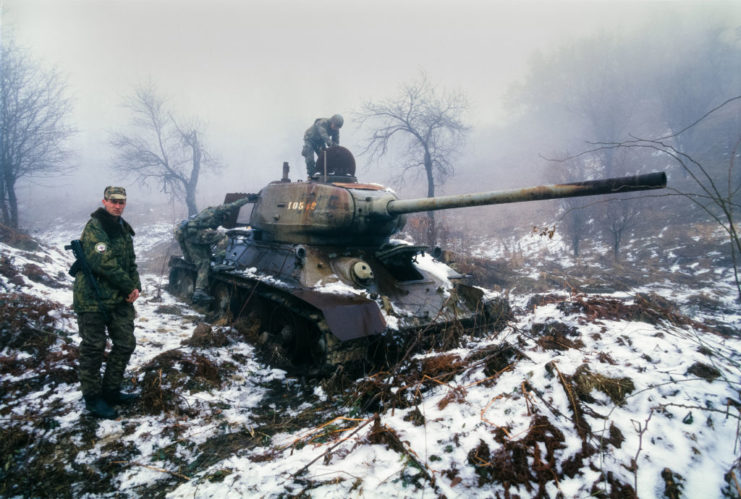
The Tiger tanks featured in Kelly’s Heroes weren’t actually German tanks. They were Russian T-34s that had been modified to look like Tigers. You can see this when you look at their suspension. The T-34s feature a modified Christie suspension, while the Tigers’ wheels were more elaborate.
Donald Sutherland teamed up with John Landis in future films

Donald Sutherland has appeared in several John Landis-directed features, such as National Lampoon’s Animal House (1978) and The Kentucky Fried Movie (1977). While the two are close, there’s actually a reason for them having teamed up so much.
While on the set of Kelly’s Heroes, Landis told Sutherland that he’d one day be directing movies, as opposed to acting in them. Sutherland told his friend that he’d star in all his films, should this come true. Well, it did, and Landis went on to direct a number of classics, including Trading Places (1983), Coming to America (1988), The Blues Brothers (1980) and An American Werewolf In London (1981).
While Sutherland didn’t appear in every movie Landis directed, he did make cameos in a few.
A parody of Marlon Brando
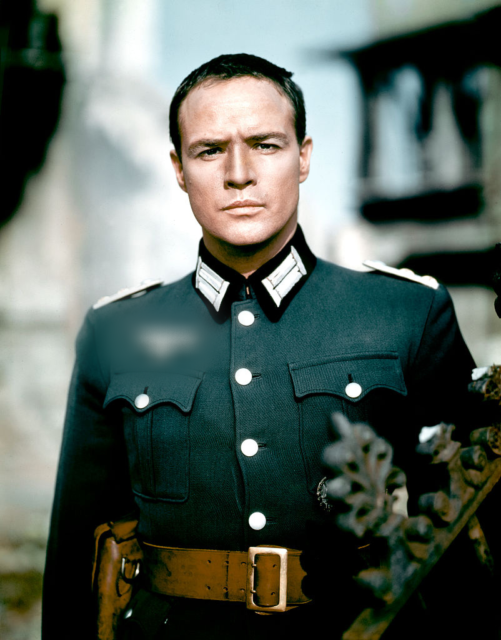
Even though Marlon Brando doesn’t feature in the film, doesn’t mean he doesn’t make an appearance… Sort of. The German tank commander played by Karl-Otto Alberty is actually a parody of Brando’s character in 1958’s The Young Lions, Lt. Christian Diestl.
Clint Eastwood, the musician
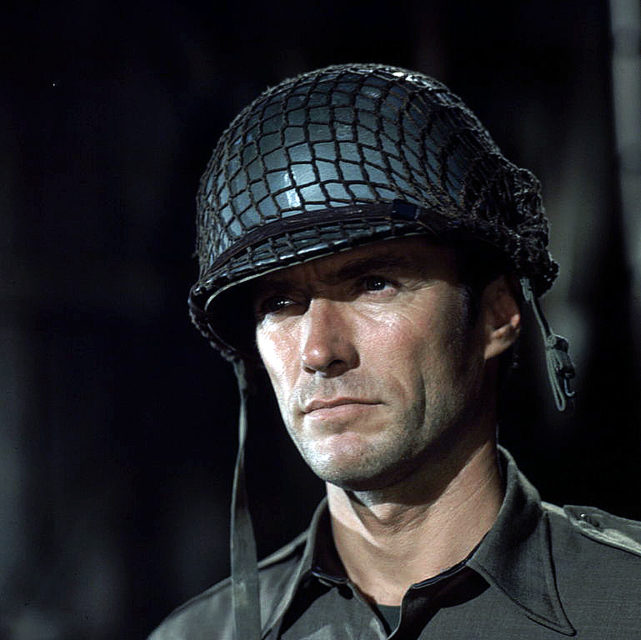
A vinyl was recorded of Clint Eastwood singing the theme song for Kelly’s Heroes, titled “Burning Bridges.” It was released by Certron Records on a 45-RPM disc. It also featured a B-side – “When I Loved Her” – which was written by Kris Kristofferson and, again, sung by Eastwood!
Ingrid Pitt almost had a role in Kelly’s Heroes

Famed actress Polish-English actress Ingrid Pitt was known for such films as Countess Dracula (1971), The Wicker Man (1973) and The House That Dripped Blood (1971). She also co-starred alongside Clint Eastwood in 1968’s Where Eagles Dare, and was slated to make an appearance in Kelly’s Heroes – that is, until her part was unexpectedly cut.
According to Pitt, she was to play the lone female role in the movie, and was “virtually climbing on-board the plane bound for Yugoslavia when word came that my part had been cut.”
What does the blue “crosshair” patch mean?

The blue “crosshair” shoulder patch worn by Pvt. Kelly and his men actually indicates they’re members of the 35th Infantry Division, a section of the US Army National Guard (AMG) that was called into federal service during the Second World War.
The infantry division is comprised of Guardsmen from Missouri, Kansas and Nebraska.
A play on words… Or names
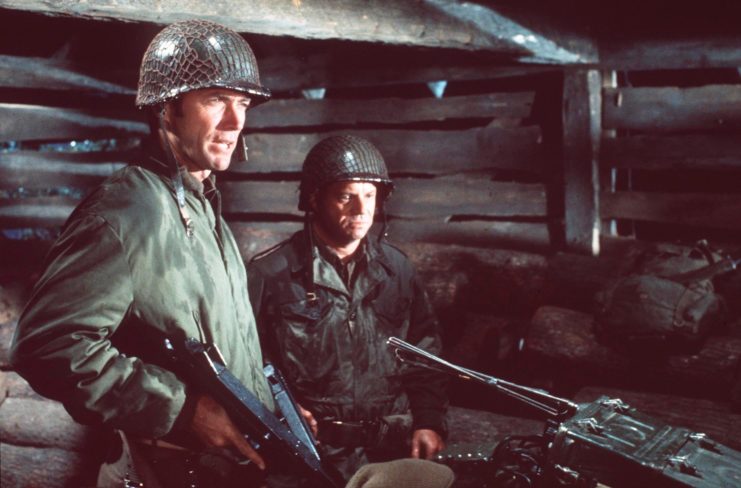
First Sgt. Mulligan, portrayed by George Savalas, is known for his inaccuracies – and there’s a reason for that! In the golf world, a “mulligan” is known as a do-over, meaning a chance to repeat a poor shot. What a clever play on words by the filmmakers!
Who was John Landis in Kelly’s Heroes?
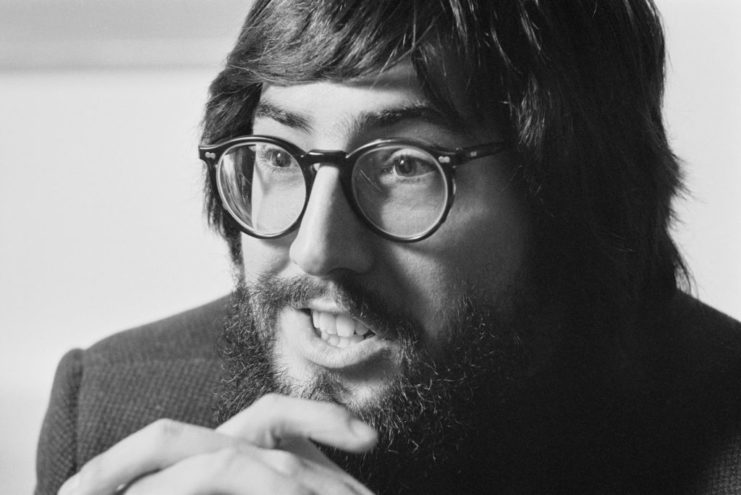
Famed Hollywood filmmaker John Landis served as a production assistant on Kelly’s Heroes, but did you know he also made a cameo in the film? If you look closely enough, you’ll see he’s one of the three nuns.
There’s an error in the aircraft featured
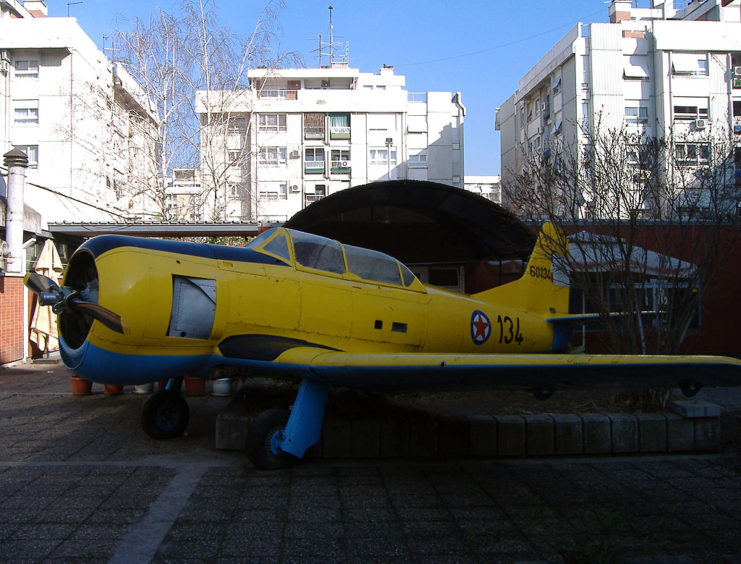
While the filmmakers were able to obtain WWII-era tanks, they weren’t so lucky when it came to the aircraft. The American fighter that attacks Pvt. Kelly’s group is actually a Soko 522, a two-seater Yugoslav military trainer that didn’t fly until 1955.
The only reason Clint Eastwood signed on for Kelly’s Heroes
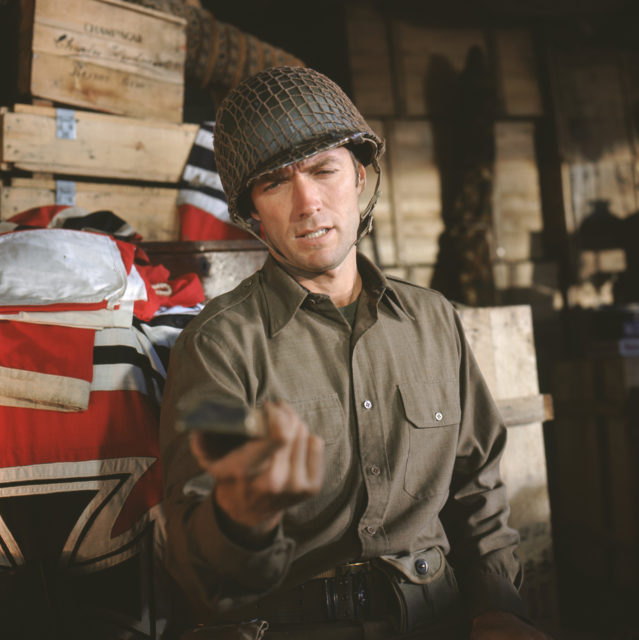
Clint Eastwood only signed on to appear in the film because his friend, Don Siegel, was supposed to direct it. However, the director ran into post-production issues while finishing up work on 1970’s Two Mules for Sister Sara and had to withdraw.
Following Siegel’s departure, Brian G. Hutton signed on to direct Kelly’s Heroes. Eastwood, who’d already signed a contract to appear in the film, couldn’t pull out.
The man behind “Burning Bridges” held another important role
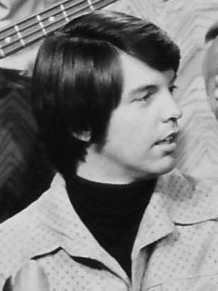
Mike Curb, the lyricist behind “Burning Bridges,” wasn’t just a famed musician and composer. He also served as the lieutenant governor of California between 1978-82, and as of 2023 is the last Republican to have served in the role.
Sgt. Oddball carries the wrong sidearm
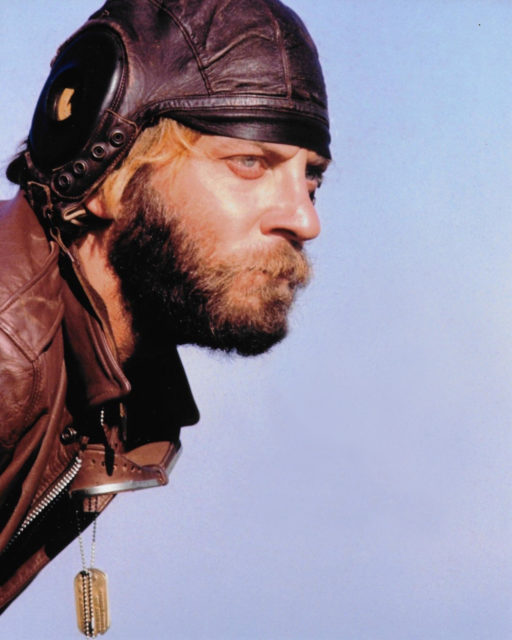
Throughout Kelly’s Heroes, you’ll notice Sgt. Oddball carries a Luger P08 “Parabellum semiautomatic pistol, despite the weapon only being in service in Switzerland and Germany. An American serviceman wouldn’t have had such a weapon assigned to him.
Kelly’s Heroes wasn’t always titled as such

Prior to Kelly’s Heroes hitting theaters, it underwent a number of changes. Approximately 20 minutes of footage was cut by MGM studio boos James T. Aubrey, and the movie was even renamed, with the original title being The Warriors. In post-production, it was retitled Kelly’s Warriors, before the decision was ultimately made to go with Kelly’s Heroes.
More from us: ‘The Longest Day’ Is Among the Most Accurate D-Day Films Ever Released
Want to become a trivia master? Sign up for our War History Fact of the Day newsletter!
In later interviews, Clint Eastwood revealed how disappointed he was in how the film was recut, as many of the deleted scenes gave the characters much more depth. Some were still shown on promotional stills and were described by the cast and crew in Cinema Retro‘s special edition article about Kelly’s Heroes.
